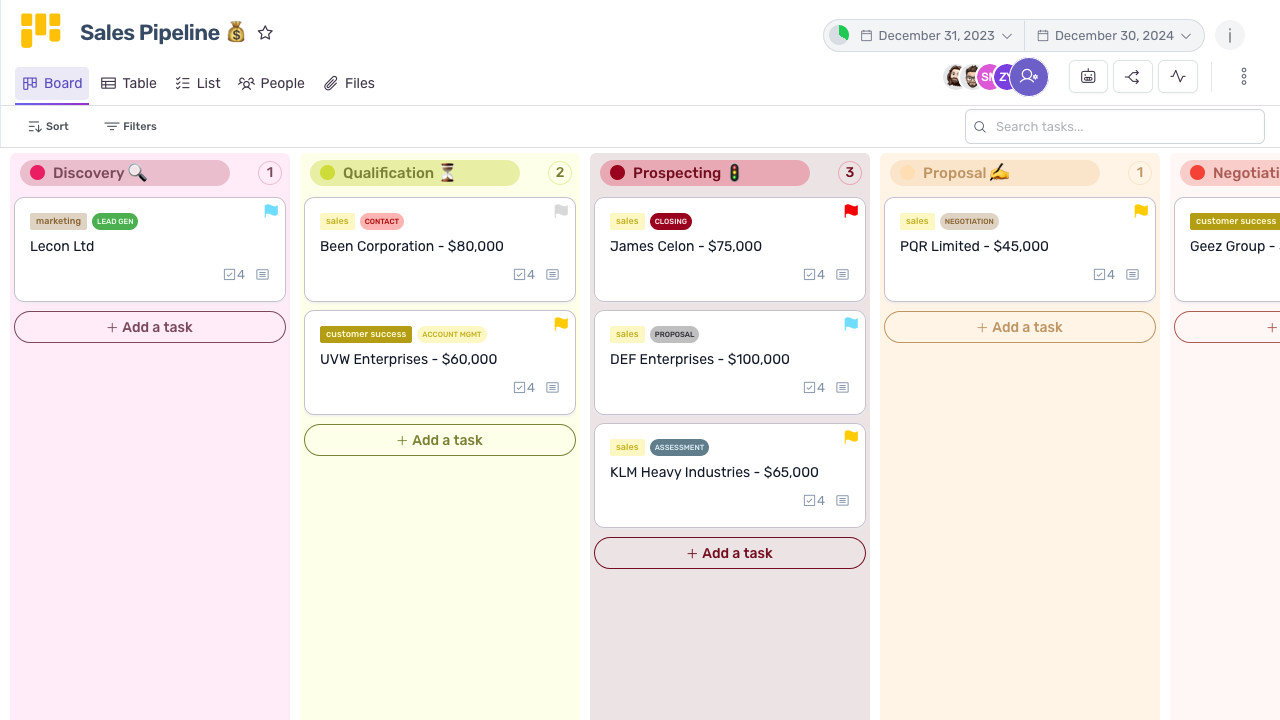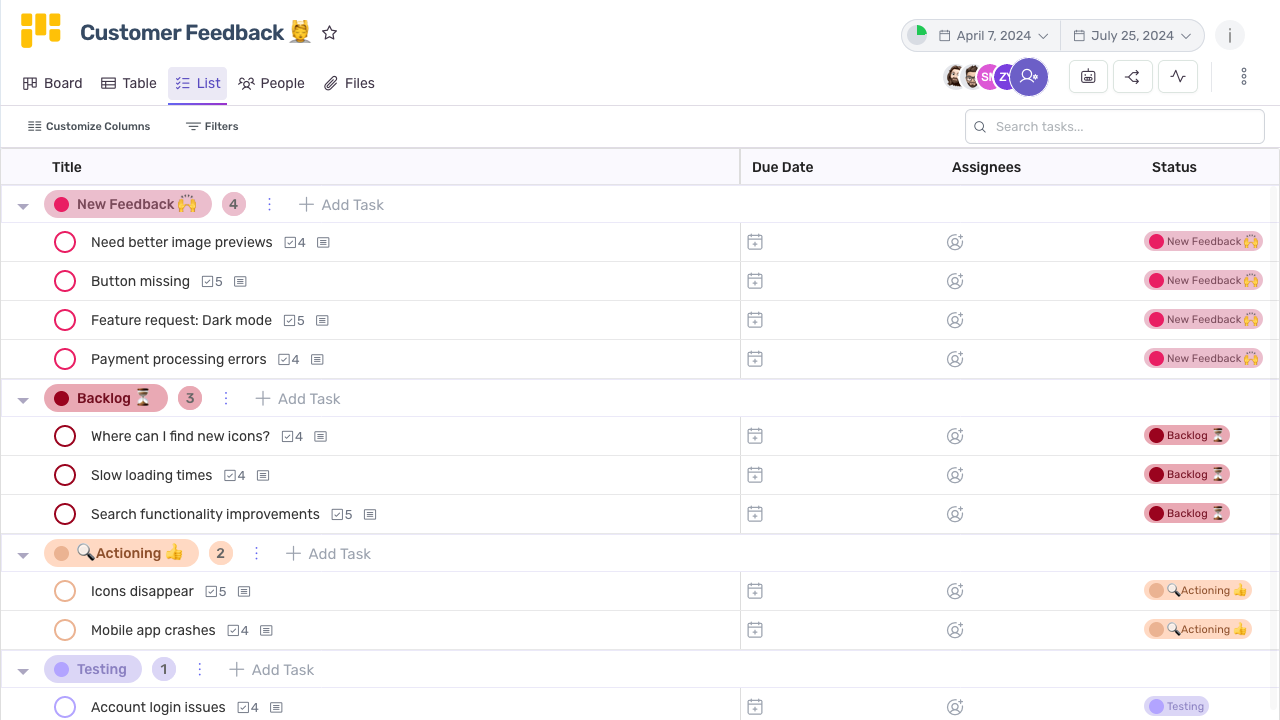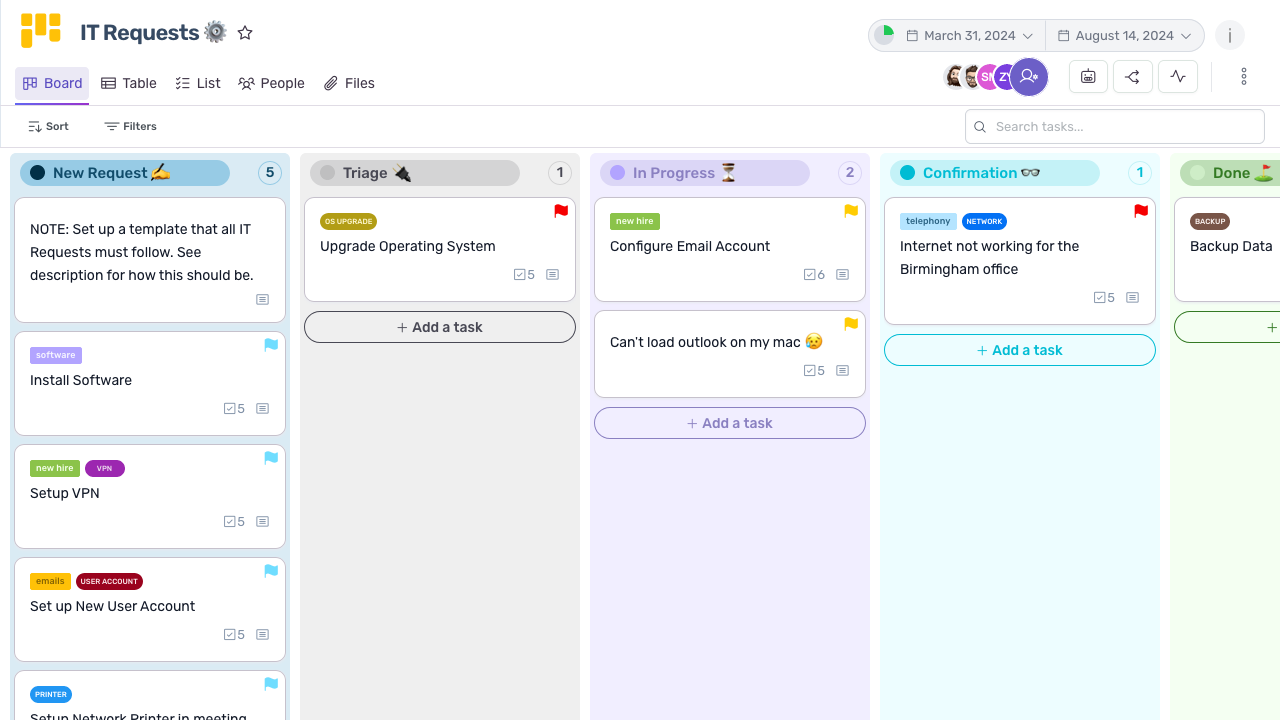In today’s digital age, efficient document management is crucial for the healthcare industry. A well-implemented healthcare document system can streamline operations, improve patient care, ensure regulatory compliance, and reduce risks associated with poor document management. This comprehensive guide will walk you through the importance of a healthcare document system, its key components, the steps to implement it, the training required, and the ongoing maintenance necessary for success.
Understanding the Importance of a Healthcare Document System
A healthcare document system is more than just a digital repository for patient records. It is a comprehensive solution that organizes, stores, and retrieves documents efficiently, ensuring secure and timely access to critical information. Implementing such a system has several benefits for healthcare organizations.
When it comes to healthcare, the importance of accurate and accessible information cannot be overstated. A healthcare document system plays a vital role in ensuring that healthcare professionals have the necessary information at their fingertips to provide the best possible care to their patients. It serves as a central hub for all patient-related documents, including medical records, lab results, imaging reports, and more.
By having a well-organized document system, healthcare organizations can streamline their workflows and improve overall efficiency. Imagine a scenario where a doctor needs to access a patient’s medical history quickly to make an informed decision about their treatment plan. With a healthcare document system in place, the doctor can easily retrieve the necessary information within seconds, saving valuable time and ensuring that the patient receives timely and appropriate care.
Benefits of a Well-Organized Document System
An efficiently organized healthcare document system brings many advantages. First and foremost, it improves patient care by facilitating quick access to accurate and up-to-date medical records. This enables healthcare professionals to make informed decisions, leading to better diagnoses and treatments.
In addition, a well-structured document system enhances productivity and efficiency within the organization. Staff members can easily retrieve and share documents, reducing the time spent searching for information. This streamlining of processes results in increased efficiency, enabling healthcare professionals to focus more on patient care.
Furthermore, an organized document system ensures compliance with various regulations governing the healthcare industry. It helps maintain the confidentiality and privacy of patient information, safeguarding their sensitive data from unauthorized access and potential breaches.
Moreover, a healthcare document system can also contribute to research and data analysis. By having a centralized repository of patient records, healthcare organizations can extract valuable insights and trends, which can be used for clinical research, quality improvement initiatives, and population health management.
Risks Associated with Poor Document Management
On the flip side, poor document management can result in several risks for healthcare organizations. Misplaced or lost documents can lead to delays in patient care and compromised quality of service. Inaccurate or incomplete information can have dire consequences, including misdiagnosis or improper treatment.
Poor document management can also hinder regulatory compliance efforts. Inadequate record-keeping practices can make it challenging to adhere to various legal and ethical requirements. This can result in penalties and damage the reputation of the healthcare organization.
Furthermore, without a proper document system in place, healthcare organizations may struggle with version control and document integrity. It becomes difficult to track changes, ensure document accuracy, and maintain a reliable audit trail.
Now that we understand the importance of a healthcare document system, let’s delve deeper into its key components.
A healthcare document system comprises various components that work together to create a seamless and efficient workflow. One of the key components is the document capture module, which allows healthcare professionals to convert physical documents into digital format. This can be done through scanning, optical character recognition (OCR), or other methods.
Another essential component is the document storage and retrieval system. This component ensures that documents are securely stored and easily accessible when needed. It includes features such as indexing, search functionality, and access controls to ensure that only authorized personnel can view and modify the documents.
Furthermore, a healthcare document system often incorporates workflow automation capabilities. This allows organizations to create predefined workflows for document processing, such as routing documents to the appropriate departments or individuals for review and approval.
Additionally, document security is a critical aspect of any healthcare document system. It involves implementing measures to protect sensitive patient information from unauthorized access, such as encryption, user authentication, and audit trails to track document access and modifications.
Lastly, integration with other healthcare systems is crucial for a seamless and efficient workflow. A healthcare document system should be able to integrate with electronic health record (EHR) systems, laboratory information systems, and other relevant systems to ensure that all patient information is consolidated and easily accessible from a single interface.
Key Components of a Healthcare Document System
To effectively implement a healthcare document system, it is essential to identify its key components. These components address the specific needs of healthcare organizations and provide a comprehensive solution for document management.
Patient Records Management
One crucial component of a healthcare document system is patient records management. This involves digitizing and organizing patient medical records, including diagnoses, treatment plans, lab results, and other relevant information. An efficient patient records management system ensures easy and secure access to patient information, while also maintaining confidentiality and compliance with privacy regulations.
Billing and Insurance Documentation
In addition to patient records, a well-rounded healthcare document system also incorporates billing and insurance documentation. This component streamlines the billing and insurance process, automating tasks such as claim submission, reimbursement tracking, and payment processing. By integrating billing and insurance documentation into the overall system, healthcare organizations can optimize revenue cycle management and ensure accurate financial transactions.
Regulatory Compliance Documents
The healthcare industry is highly regulated, with numerous legal and regulatory requirements. Therefore, an effective document system must include a component specifically dedicated to regulatory compliance. This entails storing and managing documents such as policies, procedures, licenses, certificates, and audit records to ensure compliance with laws and regulations, including those related to patient privacy (e.g., HIPAA) and data security.
Now that we have covered the key components of a healthcare document system, let’s explore the steps to implement it successfully.
Steps to Implement a Healthcare Document System
Implementing a healthcare document system requires careful planning and execution. Follow these steps to ensure a smooth transition and maximize the benefits of the system:
Assessing Current Document Management Practices
Before implementing a new document system, it is crucial to assess your current document management practices thoroughly. Identify the strengths and weaknesses of your existing processes and systems. Evaluate how well they align with your organization’s needs and goals. This assessment will provide valuable insights into the improvements required and serve as a baseline to measure the success of the new system.
Identifying System Requirements
Based on the assessment, identify the specific requirements and functionality you need from the document system. Consider factors such as scalability, integration with existing systems, security features, and user-friendliness. Engage stakeholders from different departments to gather their input and ensure that the system caters to the diverse needs of the organization.
Choosing the Right Document Management Software
Once you have identified your requirements, research and evaluate different document management software options. Consider factors such as cost, vendor reputation, customer reviews, and available support services. Schedule demos and trials to assess the software’s usability and compatibility with your existing IT infrastructure. Select a reliable and user-friendly software solution that meets the unique needs of your healthcare organization.
Training Staff on the New Document System
A successful implementation of a healthcare document system also requires comprehensive training for the staff. Here’s why:
Importance of Staff Training
Introducing a new system entails a change in workflows and processes. To ensure a smooth transition, it is essential to provide thorough training to all staff members involved in document management. Training helps them understand the benefits of the document system, familiarize themselves with the software, and acquire the necessary skills to navigate and use it effectively.
Effective Training Methods
Adopt a multi-modal approach to training, combining classroom sessions, e-learning modules, and hands-on practice. Tailor the training to different user groups, considering their roles and responsibilities within the organization. Provide ongoing support and resources to address any questions or difficulties that may arise during the training process. A well-trained staff will adapt quickly to the new system and contribute to its success.
Maintaining and Updating Your Document System
Implementing a healthcare document system is not a one-time task. Regular maintenance and updates are essential to ensure its continued effectiveness and compliance with changing regulations. Consider the following:
Regular System Audits
Conduct periodic audits of your document system to identify any areas that require improvement or optimization. This includes reviewing access controls, data security measures, and document retrieval processes. Regular audits help identify and resolve issues before they escalate, ensuring the system’s reliability and adherence to regulatory requirements.
Updating System as per Regulatory Changes
As the healthcare industry evolves and regulatory frameworks change, it is crucial to update your document system accordingly. Stay informed about any new regulations or guidelines that may impact your document management processes. Update your system’s configuration, workflows, and policies to align with the latest requirements. This proactive approach ensures ongoing compliance and prevents any potential penalties or disruptions in your operations.
In conclusion, implementing a healthcare document system is a complex and multifaceted undertaking. By understanding the importance of such a system, identifying its key components, following a structured implementation process, providing comprehensive staff training, and maintaining and updating the system, healthcare organizations can achieve efficient document management, improved patient care, and regulatory compliance. Take the necessary steps today to harness the power of a well-implemented healthcare document system and elevate the performance of your organization.










